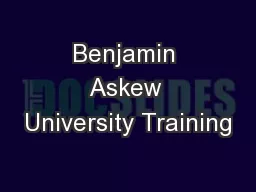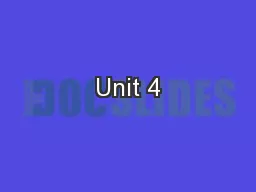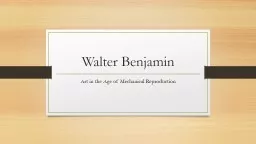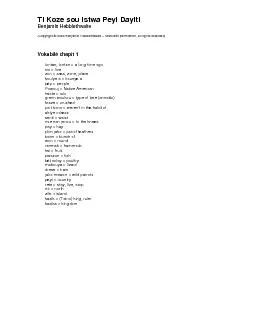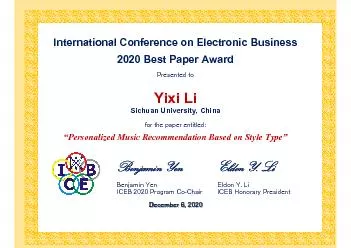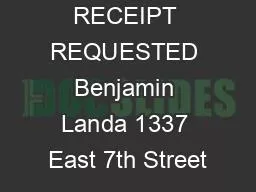PPT-Benjamin Askew University Training
Author : phoebe-click | Published Date : 2018-02-28
customer Service Module 1 CUSTOMER SERVICE PROFESSIONAL CUSTOMER INTERACTION INITIAL CONTACT By Sylvia Keilty Unit Overview After completing this unit learners
Presentation Embed Code
Download Presentation
Download Presentation The PPT/PDF document "Benjamin Askew University Training" is the property of its rightful owner. Permission is granted to download and print the materials on this website for personal, non-commercial use only, and to display it on your personal computer provided you do not modify the materials and that you retain all copyright notices contained in the materials. By downloading content from our website, you accept the terms of this agreement.
Benjamin Askew University Training: Transcript
Download Rules Of Document
"Benjamin Askew University Training"The content belongs to its owner. You may download and print it for personal use, without modification, and keep all copyright notices. By downloading, you agree to these terms.
Related Documents

